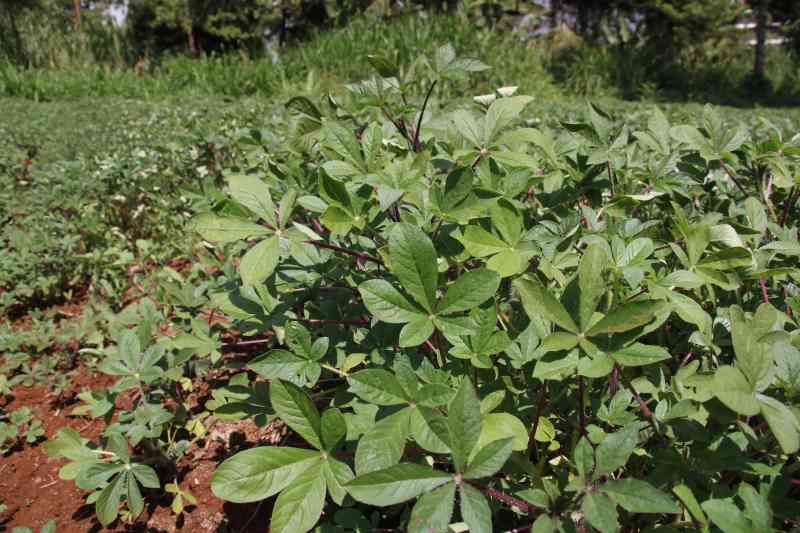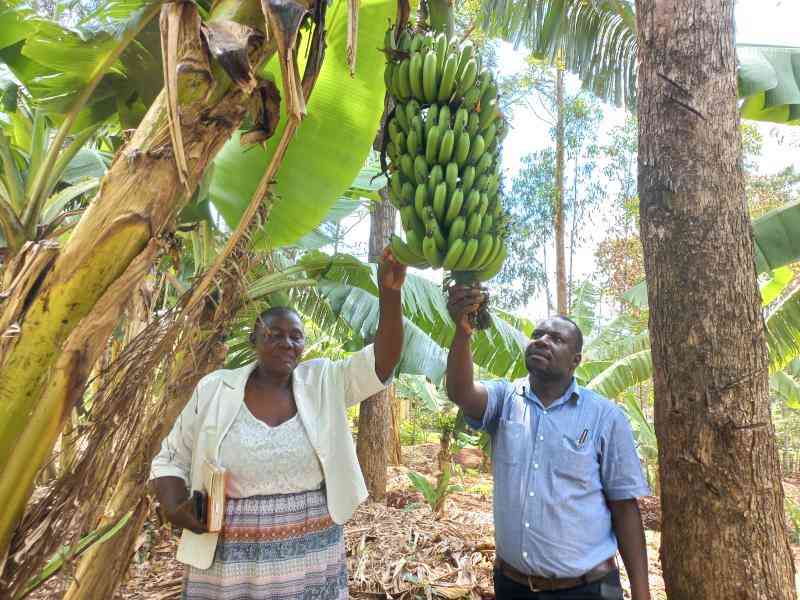Dear daktari,
I recently acquired a cow from another farmer and I have a feeling I was sold an old cow although he says the animal is only three years old. He used an ear tag to convince me that the animal was young and will be of good value to me as a farmer. Kindly shed more light on how determine the age of an animal.
Akwimbi,
Bungoma County
The age of an animal is an important factor to a livestock buyer or seller. It doesn’t matter whether the animal is to be slaughtered or reared. If it is for slaughter, age will determine the price and quality of meat. Age for animals to be kept for meat or milk production is of paramount importance. As a farmer, your wish is to have a young animal that has a longer production life ahead.
There are several methods used to determine the age of animals. Of course, the recording of birth date is the most accurate but may not always be available or if available may need to be corroborated with other visible traits. Size of body or body parts, fur colour, and sequence of eruption and wear of teeth are among methods used to tell how an animal is.
As Akwimbi says, sometimes sellers may falsify records on the ear tags but again if there are other farm records this can be counter checked. Nonetheless, we need to look for other traits to help us tell the age.
Types of teeth
Cattle have three types of teeth namely: - incisors, premolars, and molars. Incisors are found in the front portion of the jaw or mouth. They are absent from the upper jaw.
The premolars and molars (known as cheek teeth) are found at the back of the mouth and are present in the upper and lower jaws. At birth, calves have deciduous (temporary, milk, baby) teeth. The deciduous teeth are lost as the animal ages and they are replaced by the permanent teeth.
Characteristics
Teeth characteristics are a commonly used method. It is not only important in knowing the age but can also point to level of production. Production is determined by the feed intake and digestibility which are subsequently determined by the quality of teeth. Observation of teeth is therefore important more so when acquiring a dairy animal.
Dentition refers to the development of teeth within the mouth. Cattle first develop twenty milk/temporary/deciduous/baby teeth. These, as the animal grows will sequentially fall off and give way for the development of 32 permanent/adult teeth as the animal grows. This sequence of events occurs chronologically and hence has been used to age cattle.
Teeth eruption and aging
Milk teeth are smaller in size, whiter in colour and triangular in appearance. The temporary incisors which are eight in number and appear at the front portion of the lower jaw are used in the aging process. The central pair of these teeth is called pinchers, which are followed by a pair called the first intermediate laterals and a third pair referred laterals and lastly,we have the corners.
An animal will have milk teeth for up to 24 months. The eruption of permanent teeth can be used to age cattle up to five years, thereafter the wearing out is used to approximate the age of the animal.
At between 2-26 months, the pinchers will be replaced followed by the laterals from 31 to 41 months. The corners will take up to 52 months to be replaced. So the replacement process takes up to 5 years thereafter the wear of the permanent teeth is now used.
Teeth wearing
Wearing out of the teeth is caused by the act of grazing and thereafter chewing of curds. The degree of wear and eventual leveling is determined by nutrition and breed of the animal.
Animals grazing freely in natural pastures will tend to have a faster rate of wear and tear compared to animals raised under zero-grazing on soft feeds. Mouthing is the process of accessing the cattle teeth to check for their condition and in the aging of cattle.
The permanent pinchers become leveled after 5- 6 years. And will be worn out at around 7- 8 years of age. The intermediates level at 6- 8 years. The corner incisors will level at 9-10 years.
Other observations include the narrowing of the necks of teeth near their bases and widening of the gaps between the teeth. Wearing of the teeth also exposes the root which might end up losing the teeth.
Want to get latest farming tips and videos?
Join Us
 The Standard Group Plc is a multi-media organization
with investments in media platforms spanning newspaper print operations,
television, radio broadcasting, digital and online services. The Standard Group
is recognized as a leading multi-media house in Kenya with a key influence in
matters of national and international interest.
The Standard Group Plc is a multi-media organization
with investments in media platforms spanning newspaper print operations,
television, radio broadcasting, digital and online services. The Standard Group
is recognized as a leading multi-media house in Kenya with a key influence in
matters of national and international interest.
 The Standard Group Plc is a multi-media organization
with investments in media platforms spanning newspaper print operations,
television, radio broadcasting, digital and online services. The Standard Group
is recognized as a leading multi-media house in Kenya with a key influence in
matters of national and international interest.
The Standard Group Plc is a multi-media organization
with investments in media platforms spanning newspaper print operations,
television, radio broadcasting, digital and online services. The Standard Group
is recognized as a leading multi-media house in Kenya with a key influence in
matters of national and international interest.






